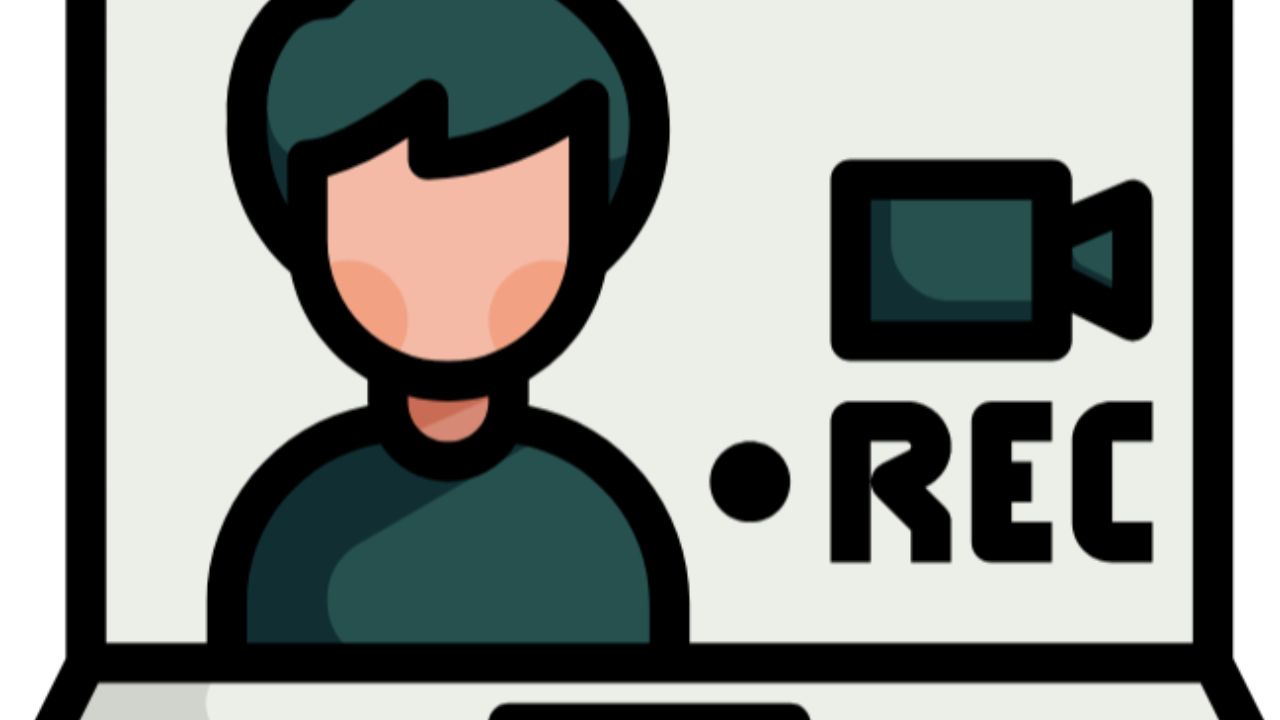To record or not to record: The ongoing debate

It seems to me these days that many of us are still finding our way back to fully in-person teaching. The pandemic has forever changed what we do in education, both for the positive and the negative. The issue that seems to be generating quite a bit of angst across faculty in higher education is whether or not to continue recording lectures.
I, for one, was happy to see that one of the positives of the pandemic experience is that it forced the hand of faculty to engage and learn to use educational technology. As educators, we need to be open and willing to continually explore how we can teach better, and these days, that commonly includes using technology. The other positive from my perspective is from the student learning side. As a result of the pandemic, students had to explore, adjust and adapt to how to learn in new formats. All students had to become online learners. Some made the adjustment well, while others did not.
As programs have returned to in-person instruction, we now have the options of live Zoom, in-person, and pre-recorded delivery of content. I am a strong proponent of the importance of teachers to keep learning and explore new ways to teach. I am also an advocate for helping students become better learners overall. When we returned to in-person, I asked the faculty to continue to provide a mix of presentation modalities, although heavy on the in-person. I did this for two reasons. One, so they would maintain and hopefully continue to develop and expand their use of educational technology. Two, to foster the development of flexibility and adaptable learners with the ability to navigate different modes of information delivery.
As we enter the post-pandemic phase of COVID, some unexpected lingering issues are rising to the surface, namely, the practice of recording lectures and classes. This practice was widely adopted when no in-person teaching was possible. Recording every lecture became common practice, thus introducing students to learning on their schedule and the ability to re-listen to presentations. Students grew to like this option (Kelly & Cuccolo, 2022). But once we returned to in-person, the question of continuing to record or not came into focus, at least for programs that were not recording lectures prior to the pandemic. And so, a healthy debate has ensued.
Those in favor of continuing to record all lectures after adopting the practice due to the pandemic feel that some students still need accommodations and flexibility if they cannot attend a live lecture, either in person or virtually. Others say that doing so encourages students to stay home if they are ill. Some see recordings as providing supplemental resources to students so they can listen and re-listen to the material (D'Agostine, 2022).
Those opposed to continuing the practice cite the challenges they have experienced in getting students back into the classroom. The University of Massachusetts at Dartmouth biology department members saw attendance drop by 30% (Winslow, 2022). Others found that students weren't even watching the recorded lectures, or if they did, they didn't watch them fully. Another concern raised is that students can increase their listening speed to get through it faster, thus missing important information. Rachel Germain, a professor at the University of British Columbia, tweeted that recording lectures inhibits class discussions and make it difficult to have any kind of active learning activity (Germain, 2022)
A recent study by Kelly & Cuccolo (2022) looked at students' learning experiences as they transition back to in-person learning. One of the most frequently mentioned policies they wanted to see continued was the ability to have all course materials available to them asynchronously, including recorded lectures.
Although having the ability to record lectures to keep classes moving forward was lifesaving during the pandemic, we have to ask ourselves whether or not continuing to do so serves the best practices for teaching and learning, specifically for PA education. In discussions with PA colleagues, we share a concern that part of the skills our students need is listening well and processing the information live, such as taking a history from a patient. We can't go back and replay that interview. Are we doing students a disservice by letting them continue to learn via recorded lectures? Many institutions and departments have been wrestling with creating policies that make sense. Developing policies that provide those students who truly need the accommodation or temporary support with the ability to access learning via recorded materials, but not simply continuing because it was started and now must continue, are being explored. The challenge is finding an answer to whether or not to record that takes into account accommodation needs, best learning practices, and the nature of the academic program.
References:
D'Agostino, S. (2022). Should professors still record Lectures? Maybe. Maybe not. Insider Higher Ed. https://www.insidehighered.com/news/2022/09/07/should-professors-still-record-lectures-maybe-maybe-not
Germain, R. (2022). Twitter. https://twitter.com/gerlame/status/1528209634502184960
Kelly, A. E., & Cuccolo, K. (2022). Supporting college students during times of transition: Pedacological recommendations based on pandemic learning data. College Teaching. DOI: 10.1080/87567555.2022.2071825.
Winslow, B. (2022). Twitter. https:/twitter.com/benwins2/status/1528378423806152704.
